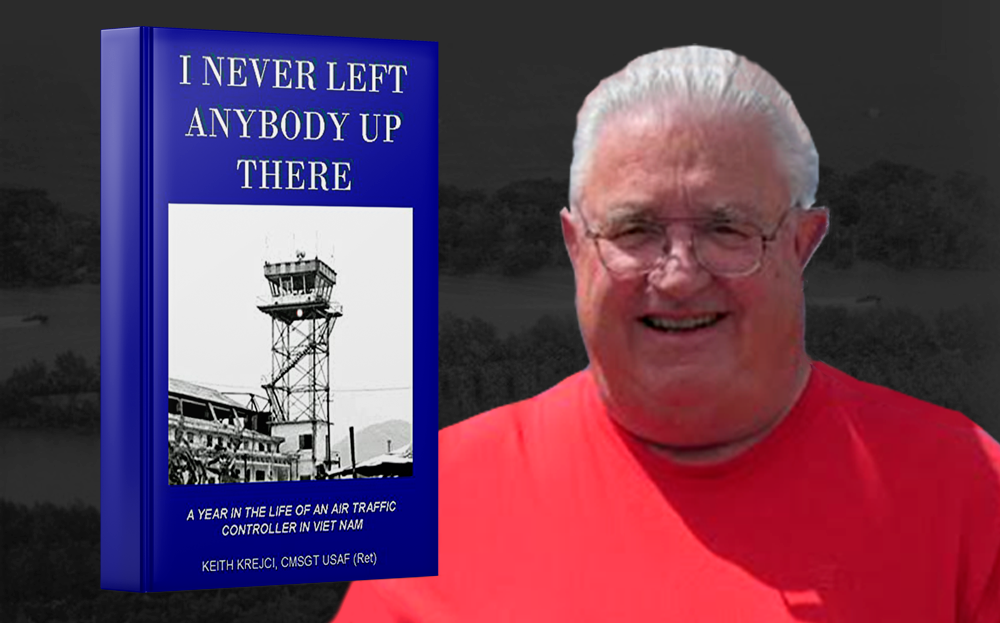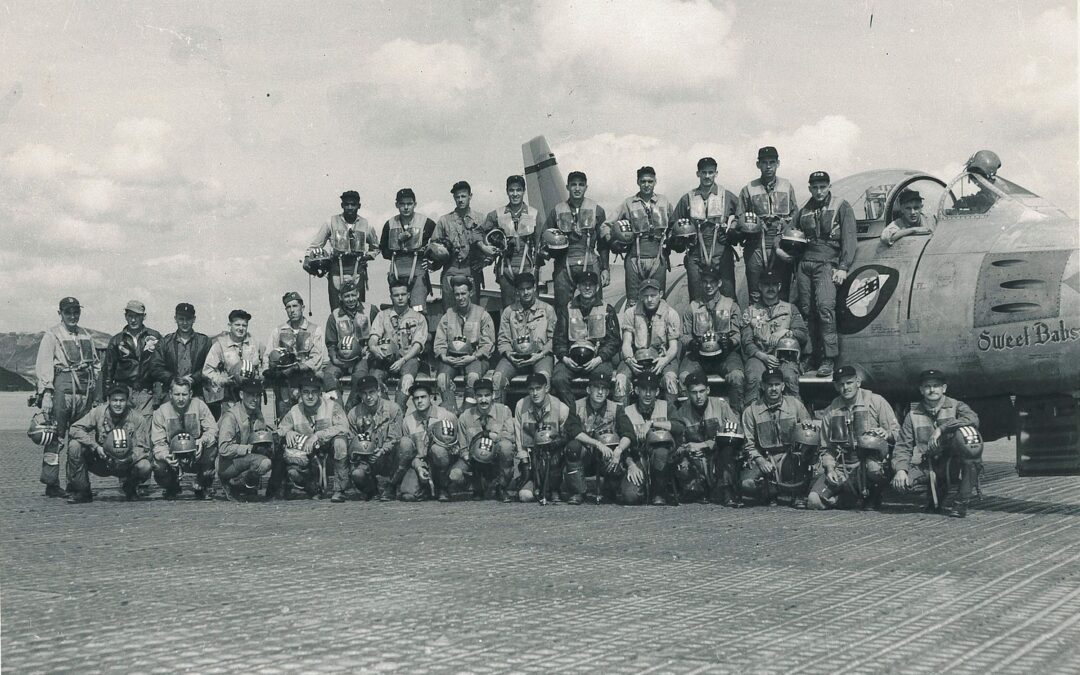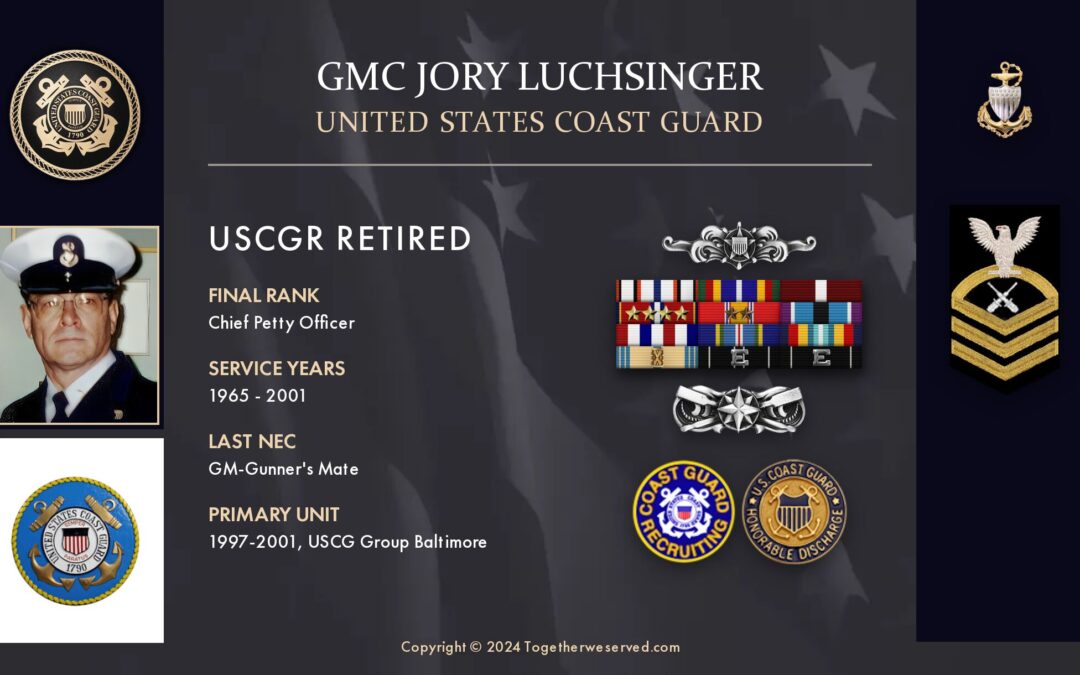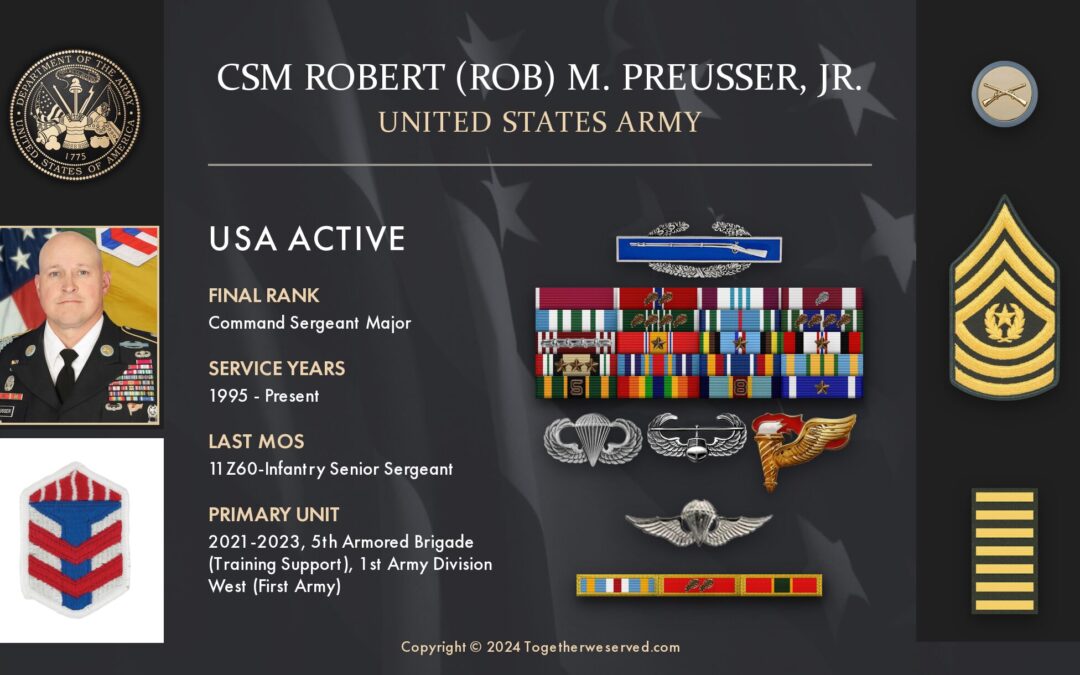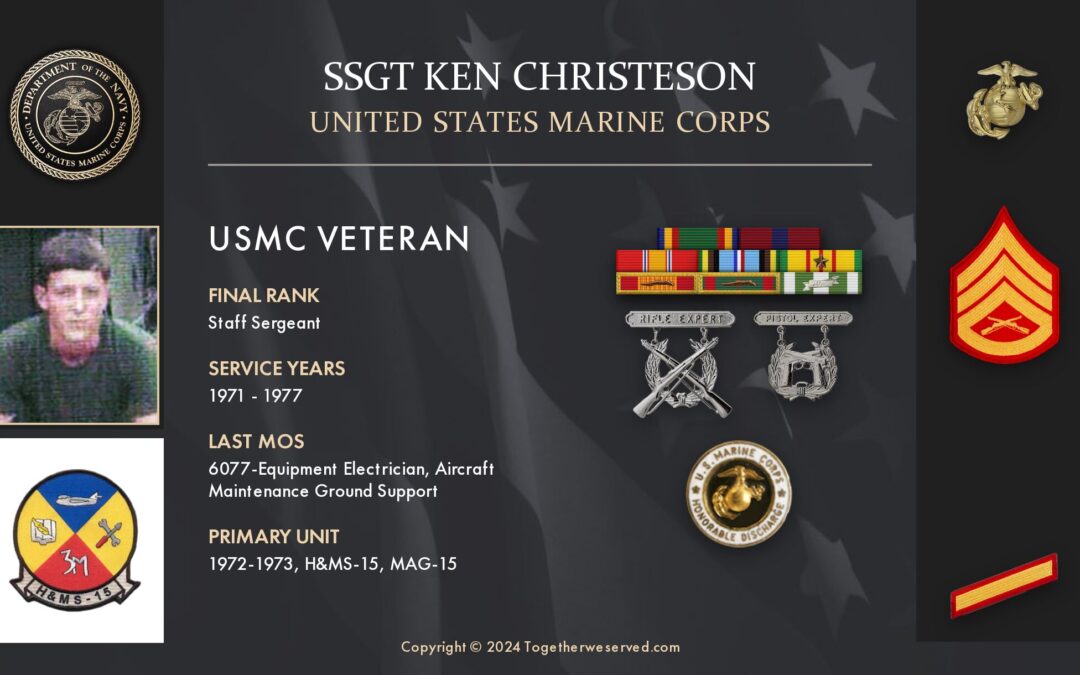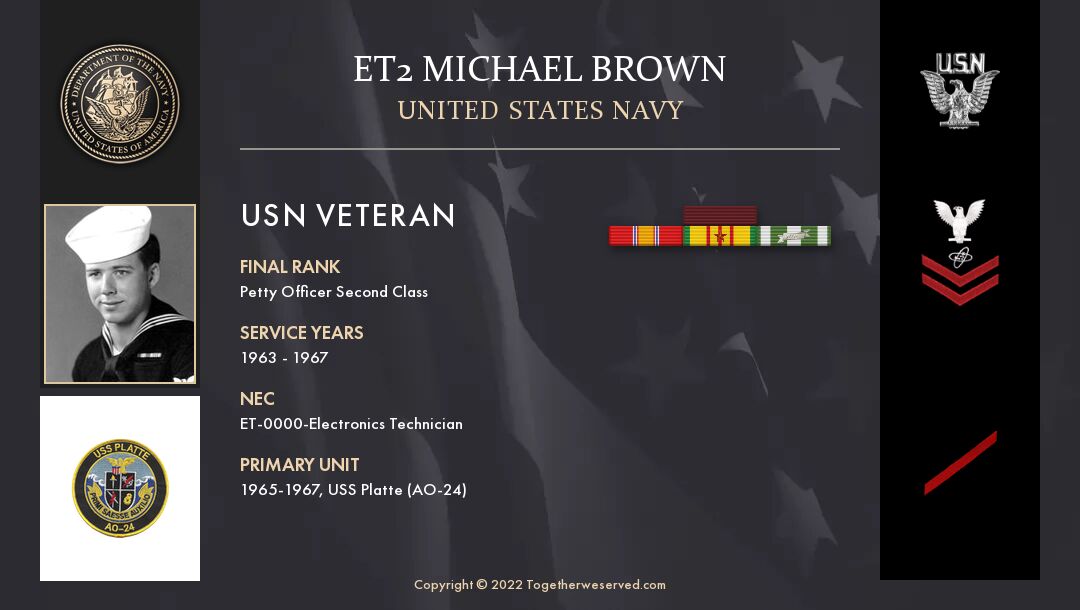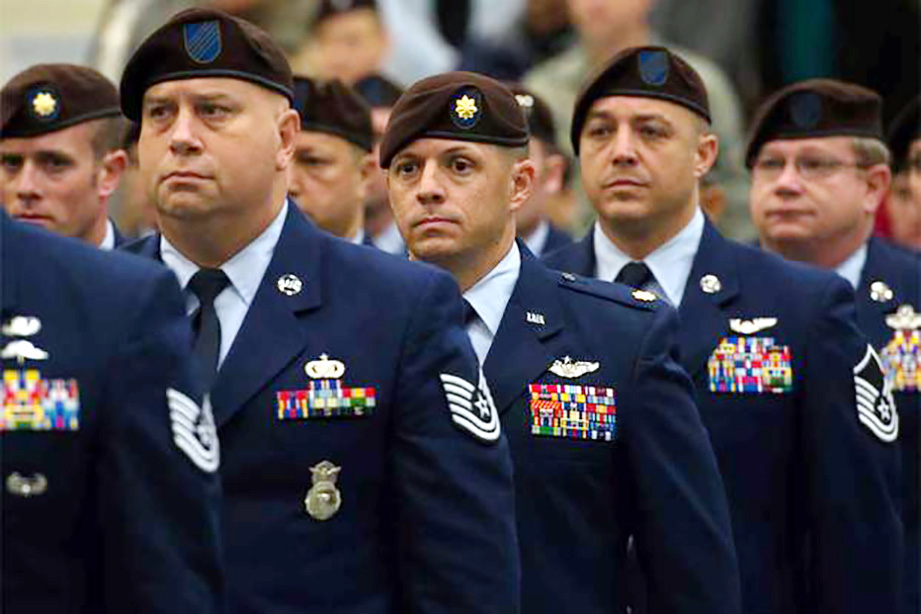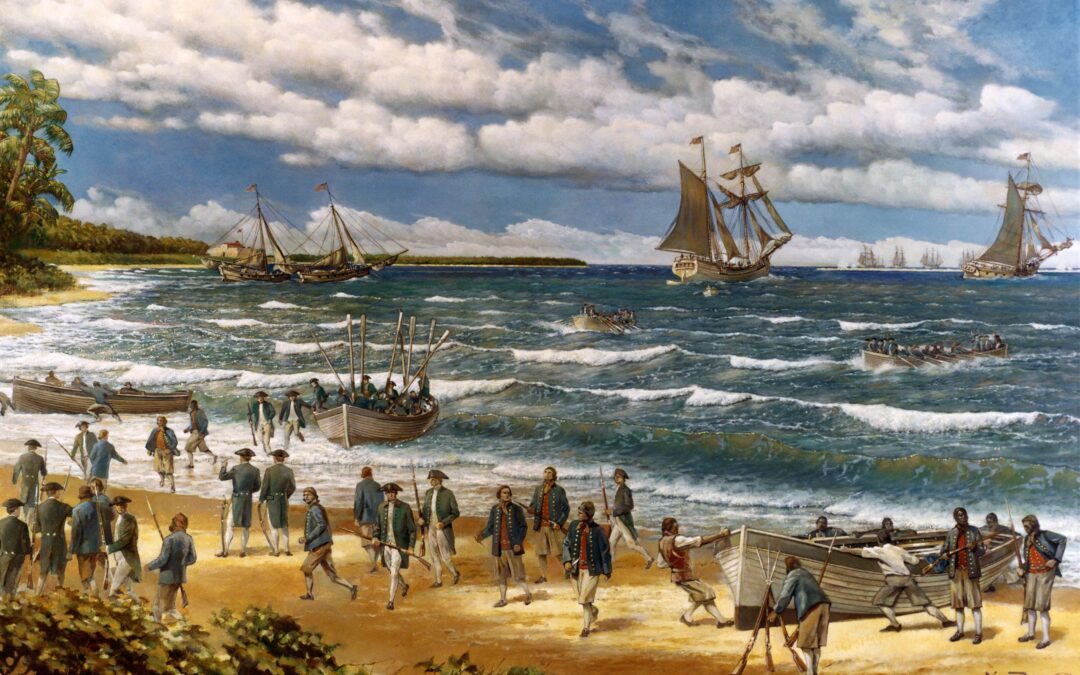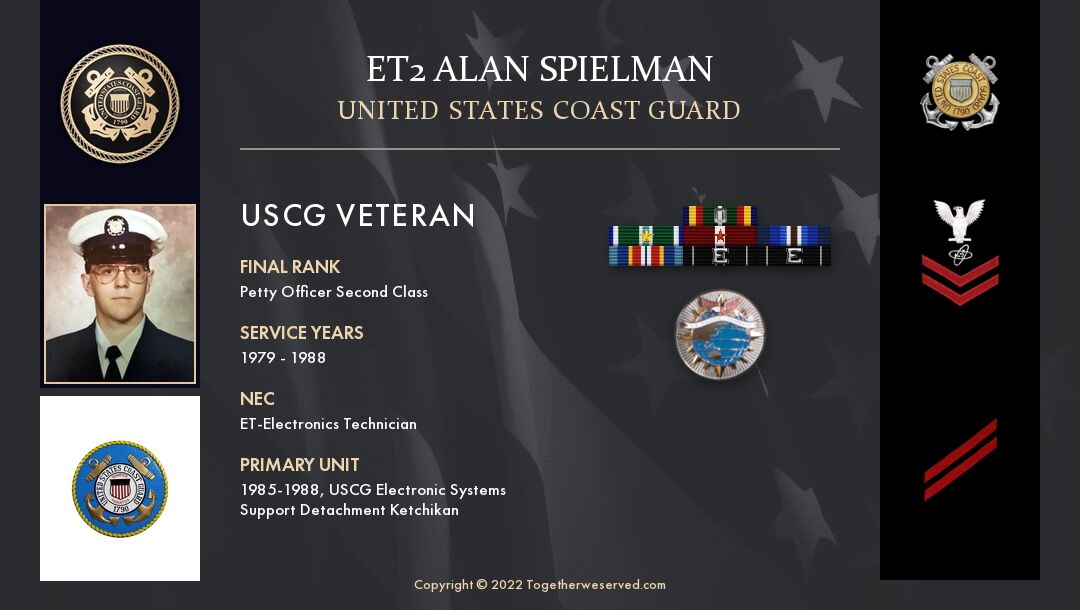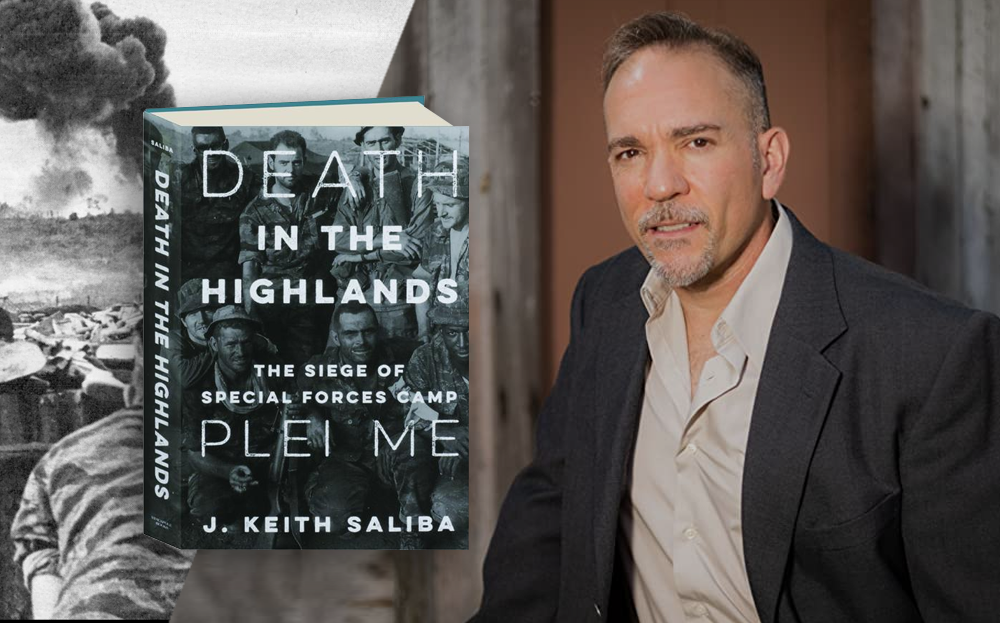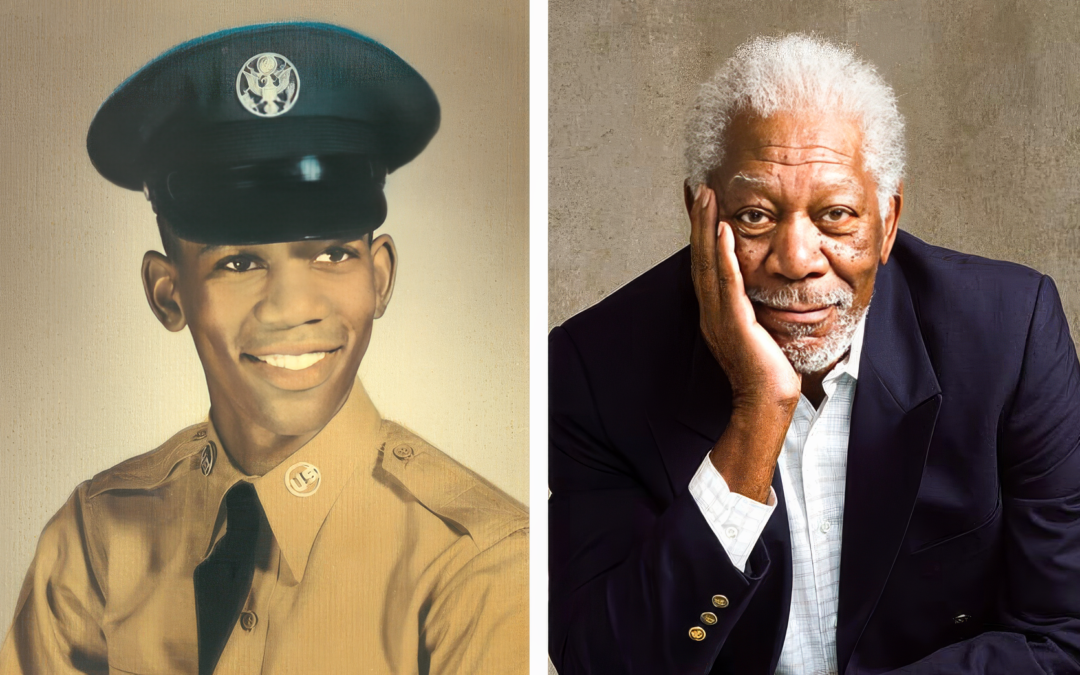As the USS Abraham Lincoln sailed into San Diego Thursday, Aug. 11, with two destroyers in tow and some 6,000 sailors and Marines aboard, it marked the completion of a U.S. military first: Navy Capt. Amy Bauernschmidt has now completed her first mission as the first woman to command a U.S. aircraft carrier. The nuclear-powered aircraft carrier left for a routine deployment to the Indo-Pacific region — generally ranging from the Philippines to the South China Sea — on Jan. 3. Over the next eight months, the USS Abraham Lincoln and the other ships encountered everything from the Chinese military to whale-awareness training. For the Marines, the exercise also included the first deployment of F-35C fighters aboard an aircraft carrier. The plane is widely viewed as an innovative weapon capable of both military and intelligence operations. Amy Bauernschmidt Spoke about the Mission In a phone call from aboard the Lincoln, just a day before the strike group returned to Naval Air Station...

